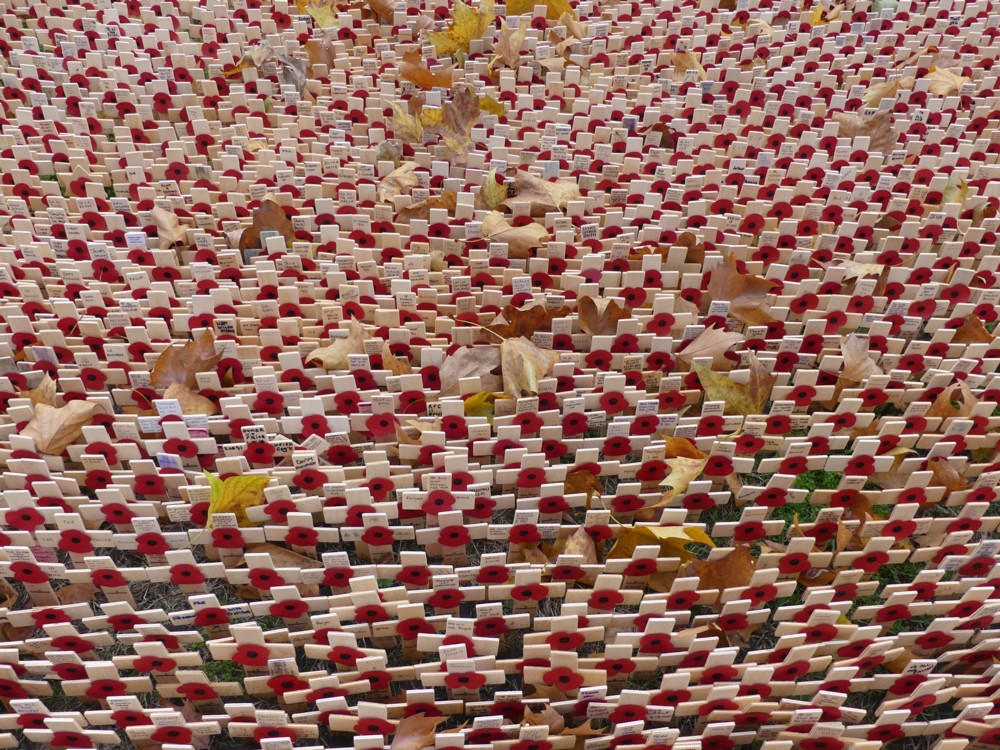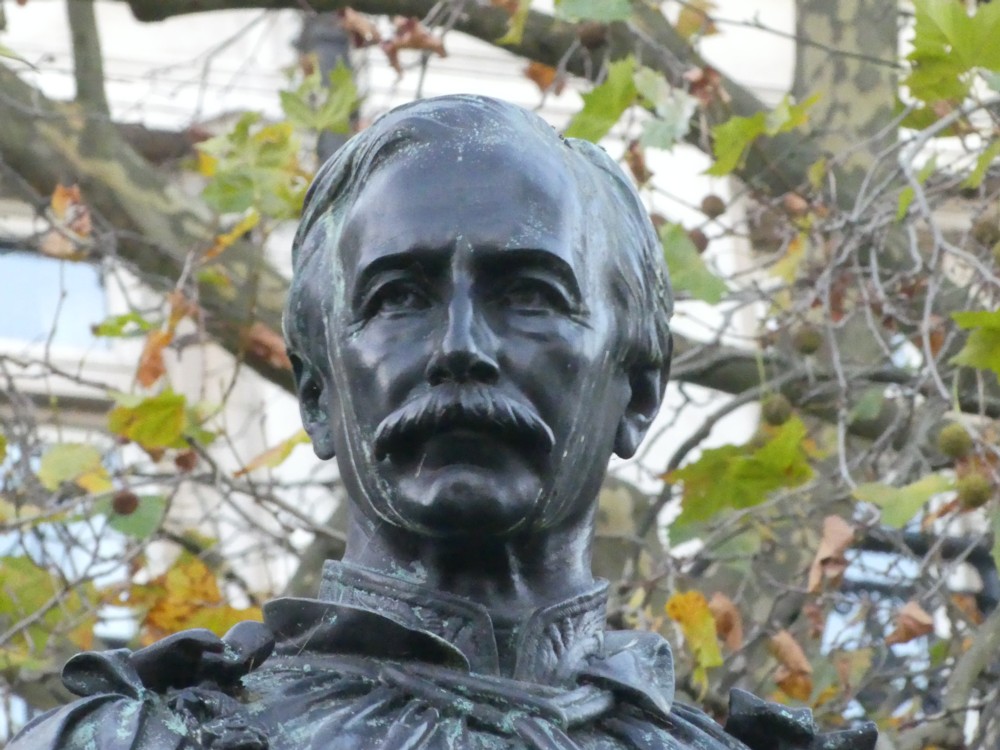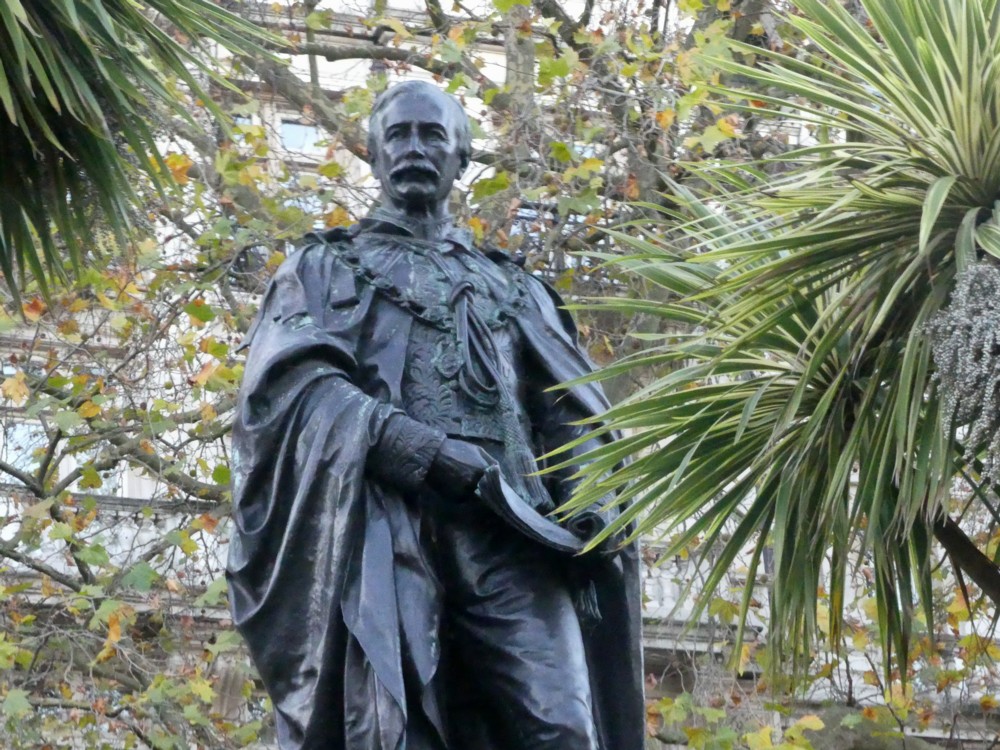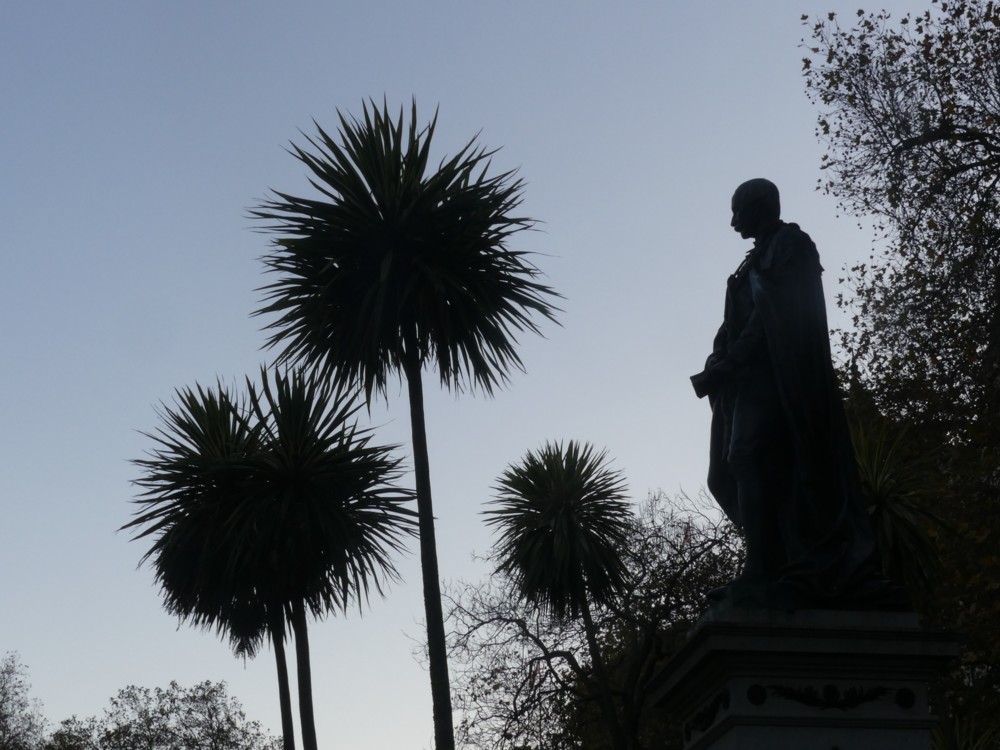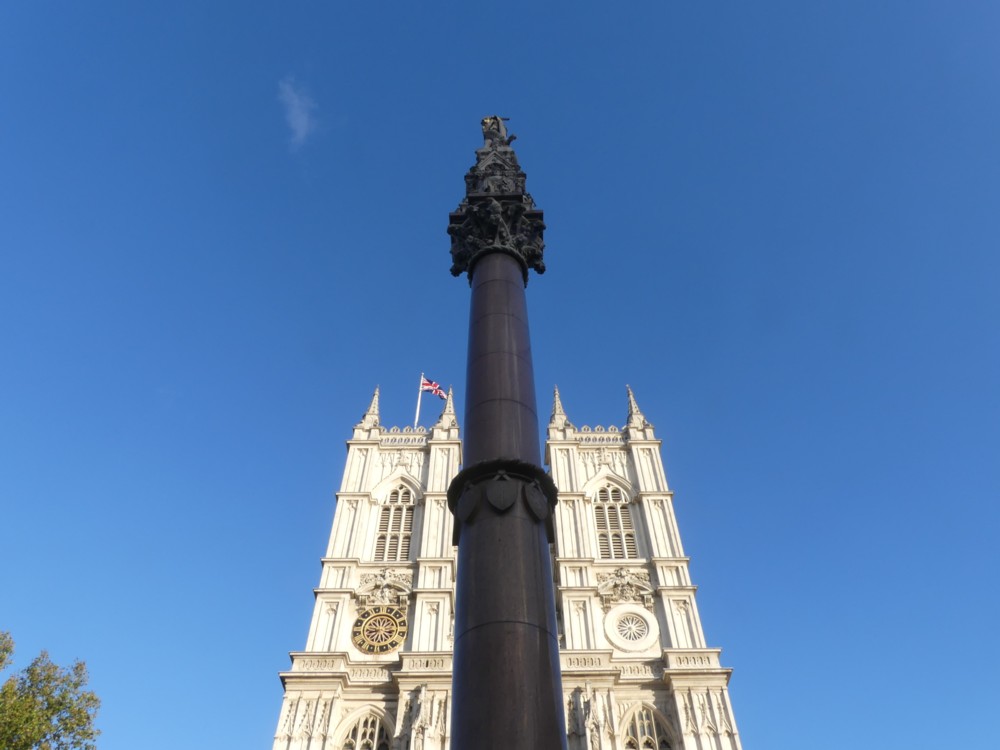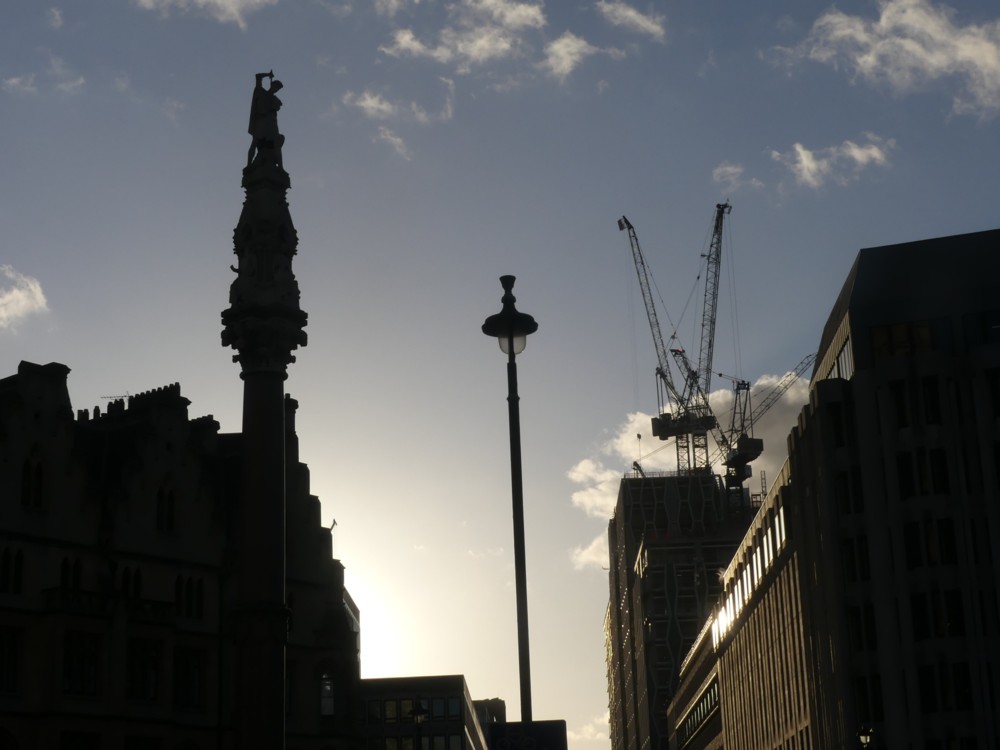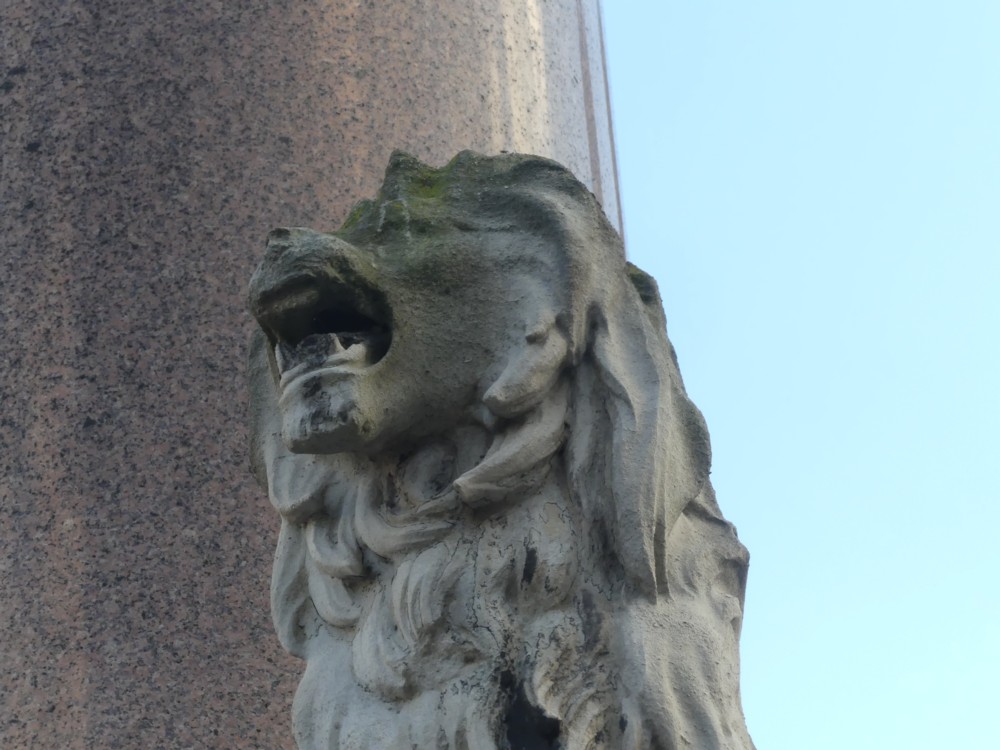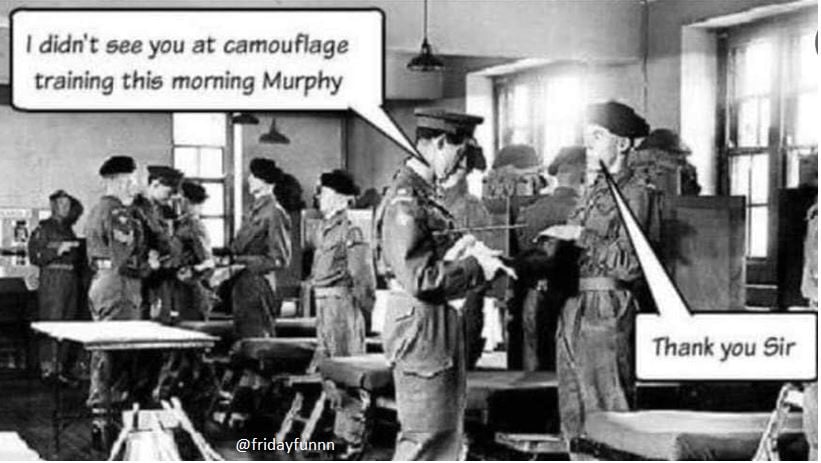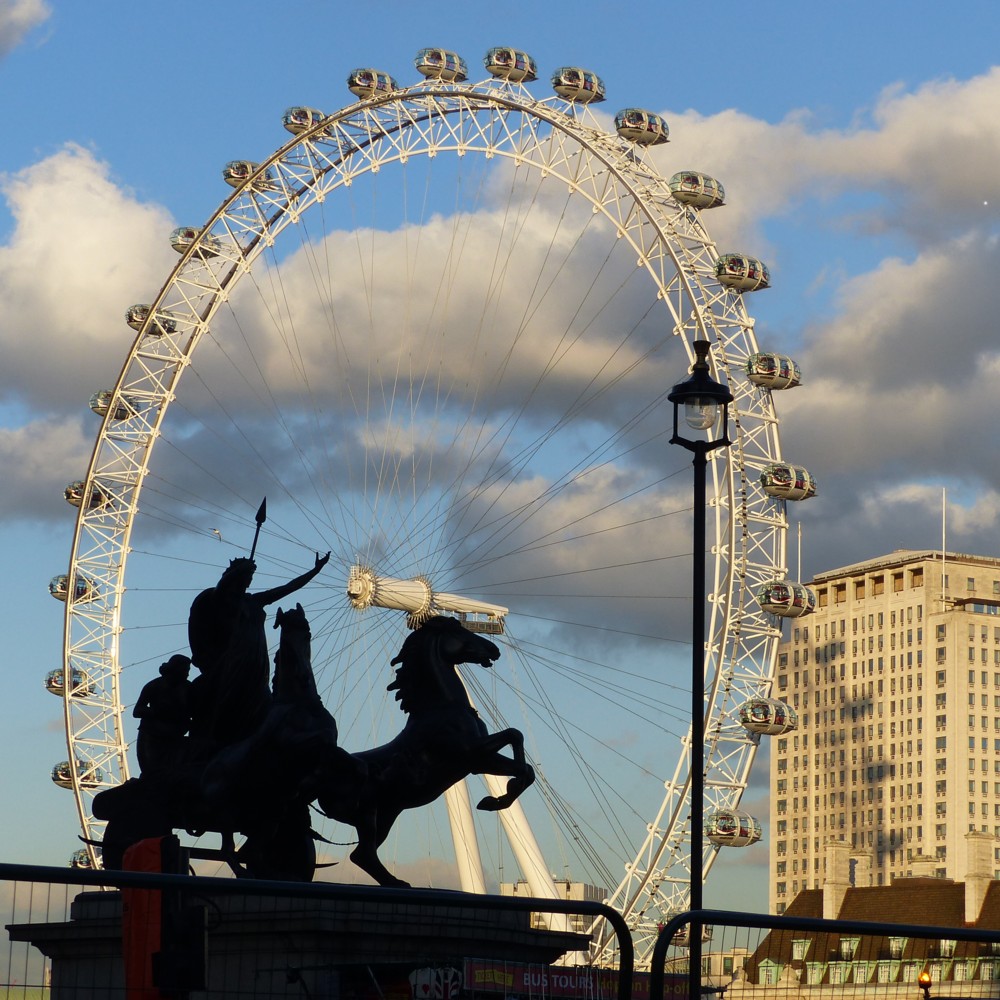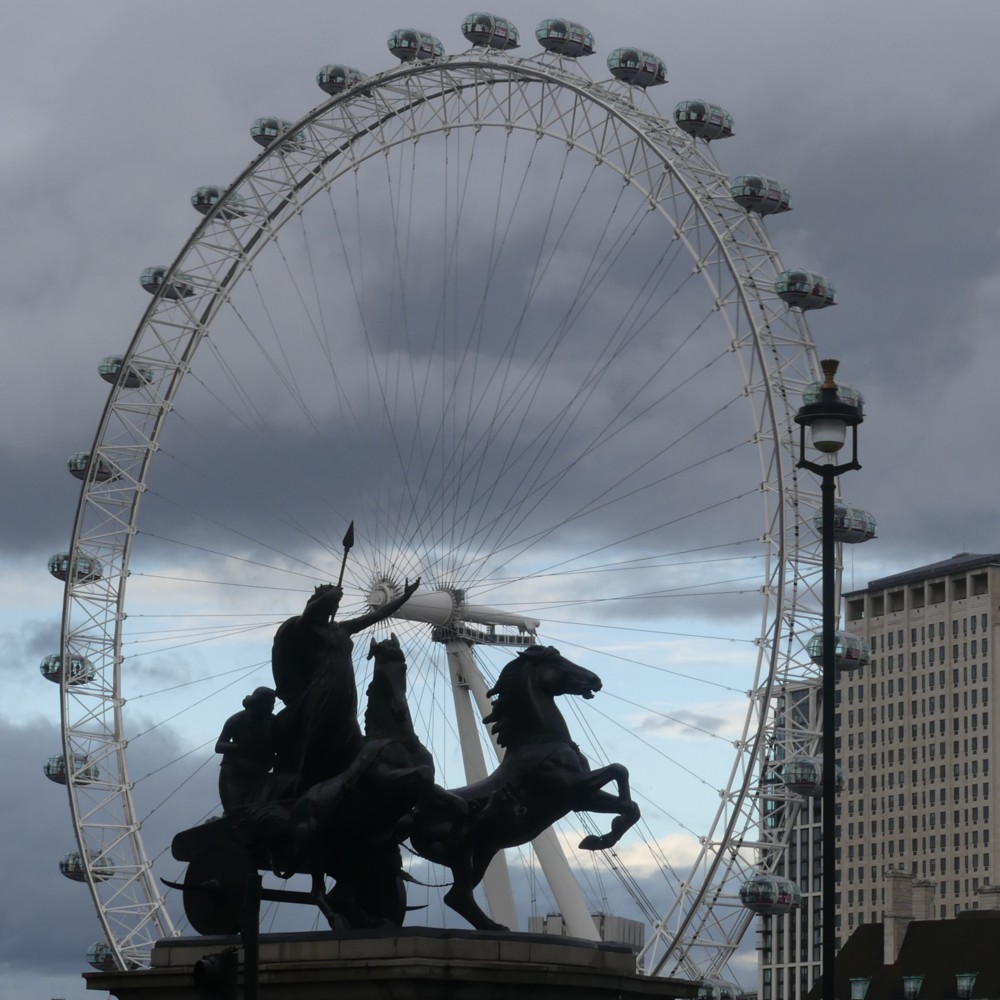I have been reading the recently published book by Peter Caddick-Adams about D-Day, entiled Sand and Steel: A New History of D-Day, the follow-up to Snow and Steel, which was about the Battle of the Bulge. James Holland, quoted on the cover of Sand and Steel, calls it “Magisterial”, which is his way of saying that it is a huge book, with a huge amount of judiciously presented detail. The book is, I’m afraid, too “magisterial” for me now to be ploughing through it from start to finish. What I am now doing is feeling my way into it by looking up, in the index of Sand and Steel, people involved in D-Day whom I already know a little about, and then seeing what Caddick-Adams has to say about them.
I already know, for instance, a bit about Captain James Stagg, the one who supplied Eisenhower with that famous weather forecast, of a break in the bad weather on June 6th 1944, which enabled Ike to say: Go.
Caddick-Adams disapproves of how a little too much honour for this has been heaped only upon Stagg. Stagg was not himself a professional weather forecaster. He did summarise and pass on to Ike what the real forecasters, half a dozen of them, were telling him. That is honour enough for Stagg, but the real hero was the elaborate system that gathered together all the relevant information. Also, the German forecasters told pretty much the same weather story to their superiors, contrary to what Stagg-fans like me had been assuming.
Caddick-Adams is very good about somewhat misleading tales of this sort. His passion for detail, and for tracking down absolutely everyone and anyone who could tell him those details, is all mixed up with him wanting to know what really happened, as opposed to the stories that some people have been in the habit of telling one another, in movies for instance. This great generation of warriors, you can hear Caddick-Adams insisting, deserves nothing less than the truth, the whole truth and nothing but the truth. That being why his books are typically so long. The whole truth of something like D-Day can’t be told in a hundred and fifty pages. Sand and Steel is one thousand and twenty five pages long.
Of a lot more interest, to me, than who exactly we should be praising for that most famous and famously accurate of weather forecasts, is what Caddick-Adams says about what might have happened if the weather on June 6th not been so favourable, and if Ike had consequently been forced to say: No. Not yet. Or for that matter if, given the forecasts he did get, Ike had simply said no anyway.
To know this, you have to know what range of dates the Allies considered suitable for the D-Day landings, weather permitting, and why. The relevant passage from Sand and Steel goes thus (pp, 346-347):
Given the specific moon and tidal requirements for the landing, Hogben recalled …
… Hogben being one of Stagg’s weather forecasters …
… they had just six possible days to invade in June: 5th-7th and 19th-21st. ‘We worked out the odds on the weather on any one of those four days conforming to our needs as being 13-1 against. So meteorologically, D-Day was bound to be a gamble against the odds.’ Admiral Alan G. Kirk, commanding the Western Task Force, recorded the factors that needed to come together for the invasion: ‘The night before D-Day had to be reasonably light so that convoys could keep station with ships darkened: he wrote. ‘Airborne operations also required this, necessitating a night with a full moon, or nearly so.’ Next, Kirk identified that ‘H-Hour needed one hour of daylight before the initial landings to enable bombarding ships to neutralise German batteries and drench the landing beaches’, but it needed to be ‘sufficiently before high water for the demolition parties to remove beach obstacles while still dry’.
However, it also had to be ‘sufficiently after low water in order to permit the landing on certain British beaches where sand bars prevented an assault until two or three hours later’. Ideally, the day would be fixed to ensure ‘a second high water in daylight to permit maximum unloading’. In conclusion, wrote Kirk, ‘the only dates on which all these factors were available were 21-23 May; 5-7 and 19-21 June, or 3-5 July’, though Stagg later observed that if they waited for the perfect set ‘it would take 140 years’.
So, if June 6th had not been the right day to be D-Day, what day would have been?
Here is what Hogben said about that (p. 351):
In speculating what would have happened if the poor weather had persisted on 6 June, leading to postponement until the nineteenth, the New Zealander Hogben stated, ‘As it happened, on 17 June, all six of us produced a forecast for the nineteenth for almost perfect conditions – the invasion would definitely have gone ahead, and would have been an utter catastrophe. Complete failure – for on 19 June the biggest storm of the twentieth century lashed the Channel and I doubt many landing craft would have even made it to the beaches. They would all have been swamped with the high winds. It does not bear thinking about.’
Says Caddick-Adams:
Recent statistical analysis supports this. The storm was a ‘once in forty years’ event, a tempest of slightly less ferocity having lashed the Calvados coast in February 1905, emphasising how lucky Eisenhower was to have opted to go on 6 June. …
Under a photo from his own (presumably vast) collection, of a huge wave crashing over the sea wall at Arromanches-Les-Bains, Caddick-Adams hammers home the same point (also p. 351):
The Overlord meteorologists were aware that violent storms often blew in from the Atlantic to batter the Normandy coast. Much documented was the hurricane of February 1905, which threw huge columns of water at the future invasion beaches and sites for the two artificial harbours. In June 1944, the Allied weathermen spotted a lull in the bad weather, but the tempest that began on 19 June replicated the violence of 1905. Postponing the invasion from 6 June to the nineteenth would thus have been disastrous for D-Day and the landings would have failed.
The point being, although the Allied forecasters got their forecast for June 6th right, they got the forecast for June 19th totally wrong, and unanimously so. They would definitely have said: Go. Ike would surely have concurred. And, it would have been a disaster.
The USSR conquering a whole lot more of Europe than it did. No President Eisenhower. Maybe the atom bomb being ready before the end of the war in Europe? The alternative history ramifications are endless.
Maybe D-Day buffs have long known about this June 19th aspect of the D-Day story, but it was all completely new to me.


